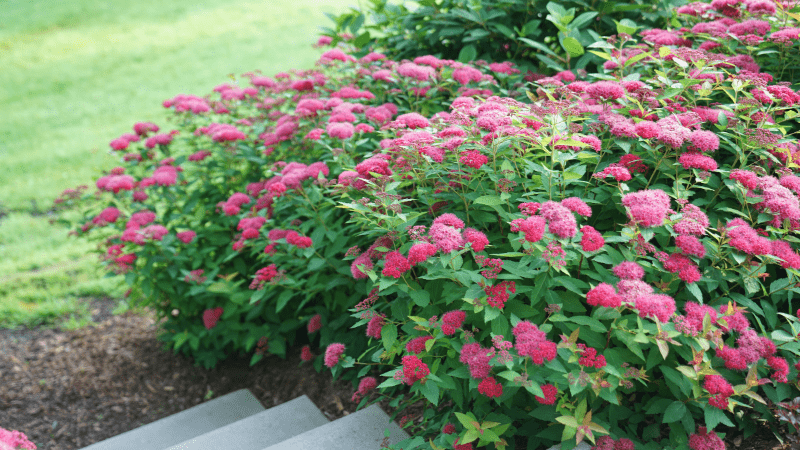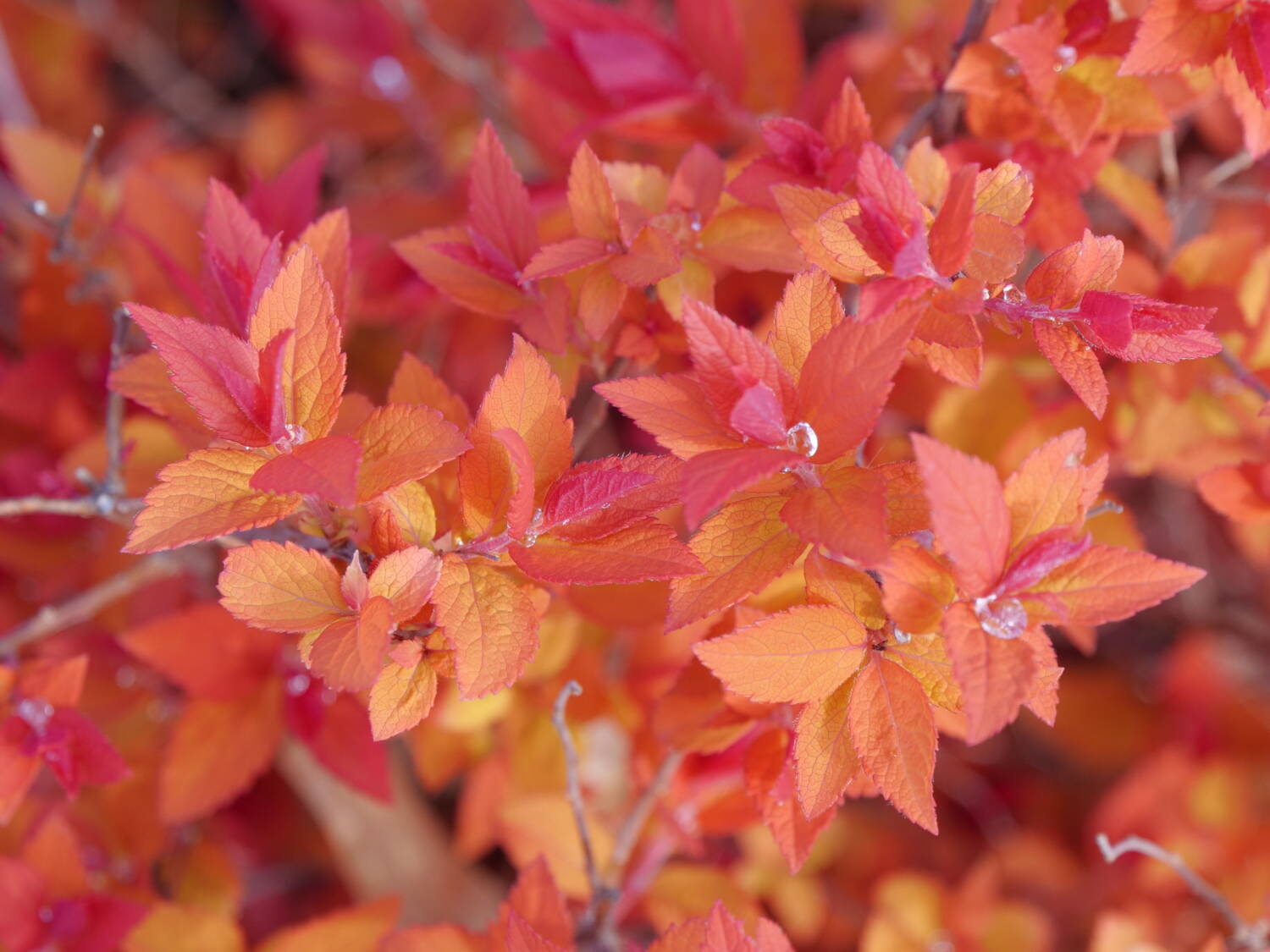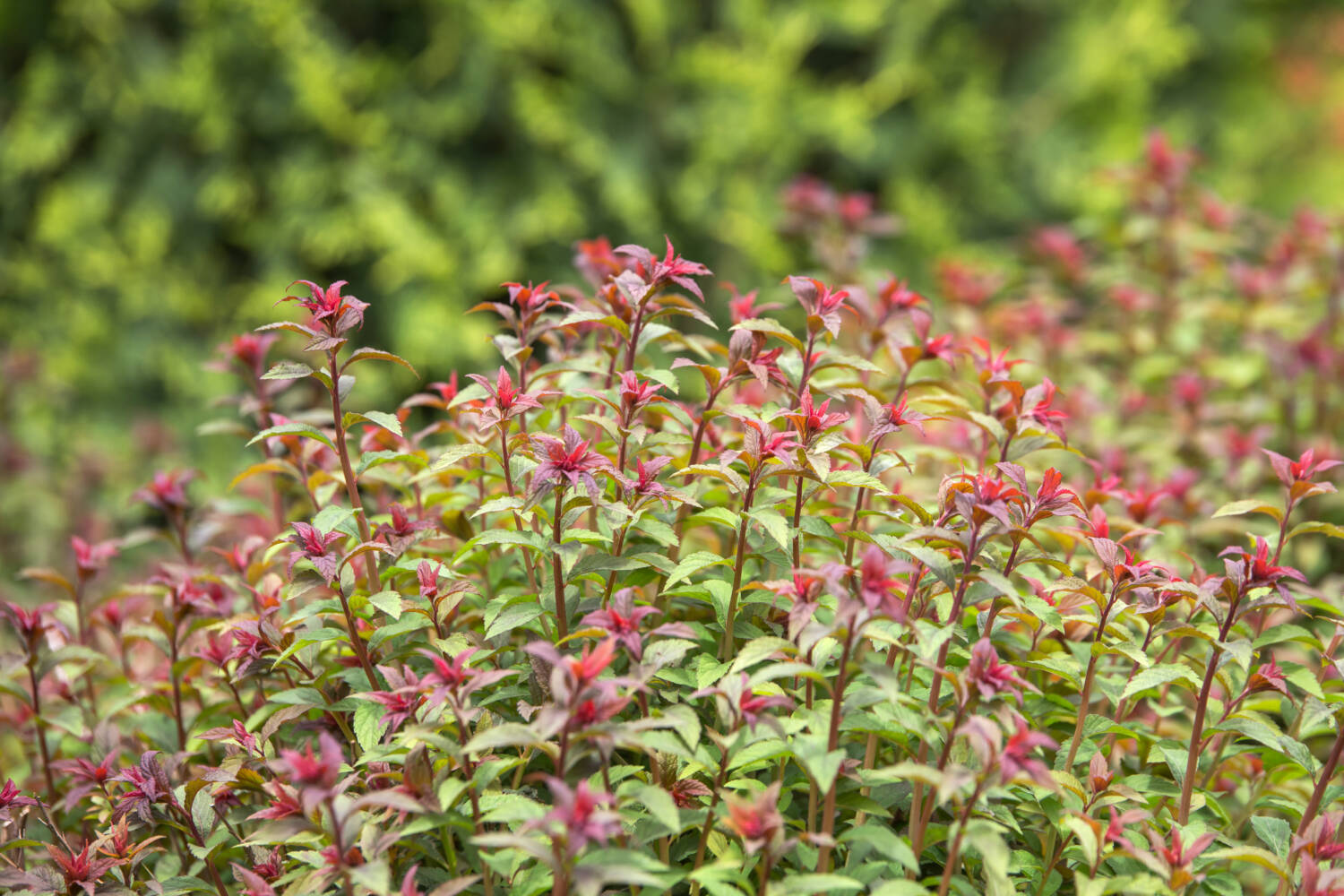
Year of the Spirea
Welcome to the Year of the Spirea. National Garden Bureau (NGB) chooses popular plants in six categories each year to promote in its “Year of” program. Varieties are carefully selected to be sure they are easy to grow, adaptable for multiple climates, genetically diverse and have multiple applications.
Spirea is a durable shrub that has made a home in many regions of the U.S. through the decades because of its ability to tolerate a wide range of conditions like poor soil, heat, drought and extreme cold. It’s a great option for full sun areas, is fast growing and attracts pollinators.

Growers can take advantage of the publicity NGB generates throughout the year for these crops and freely use the marketing tools available on ngb.com. Fact sheets, posters, presentations and details about the best varieties are all available on the website.
I had the chance to chat with a few industry experts about spirea and hear their thoughts on why it’s a great pick for 2023: Kristen Pullen, woody portfolio manager at Star Roses and Plants; Natalie Carmolli, media and public relations specialist, Spring Meadow Nursery; and Ryan McEnaney, marketing and communications manager, Bailey Nurseries.
GPN: Are you familiar with the National Garden Bureau’s “Year of the” program?
Kristen Pullen: Star Roses and Plants is a member of NGB and takes advantage of the program every year it pertains to our business. We promote it and our plants through social media, emails and other marketing communications.
Natalie Carmolli: We love the program. It shines a spotlight on one genus for the entire year, bringing more consumer attention and education to it. Any time we can work with a partner in the industry to promote our cultivars in new and interesting ways, it’s a winner.
Ryan McEnaney: It gives us an opportunity for additional targeted promotions to both trade and consumer audiences, raising the profile of important and impactful species. The marketing materials make celebrating the program that much easier, especially during the busy season.
GPN: 2023 has been named the “Year of the Spirea.” In your opinion, why do you think this crop was selected?
Kristen: Spirea is a great choice for a new gardener to get maximum reward without a lot of special care needed. It’s a versatile plant that grows in a wide hardiness range, isn’t a preferred food of deer, a great pollinator plant and offers color interest in spring, summer and fall.
Ryan: Spirea are a landscape standard for a reason: they’re hardworking, there’s variation within the species, they bring something different to the garden in multiple seasons and are easy for a home gardener to maintain.

GPN: What has been your role and experience in the development, marketing and sale of spirea?
Kristen: We’ve trialed many potential spirea through our new product development program looking for improvements over older market varieties. We currently promote three varieties in our Empire series which are selected for reliably compact habits, colorful foliage, disease resistance and ease of growing.
Natalie: I find that gardeners aren’t necessarily aware of the vibrant color story spirea can provide, not only with flowers, but with foliage that changes throughout the season. New cultivars bring new smaller sizes into the mix, so they are easier to add to containers, borders, small garden spaces or already established gardens.
GPN: What changes and innovations have you seen in recent years?
Kristen: There’s been a lot of focus on creating darker pink or red flower colors as well as improving habits, disease resistance and exploring the potential for reblooming.
Natalie: Spirea is included in the trend of gardeners looking for smaller, more compact cultivars of traditional garden favorites.
For us, another breakthrough has been the breeding of Dr. Tom Ranney from North Carolina State University (NC State), who developed ‘Double Play Doozie’. It’s a sterile, non-invasive cultivar. Its lack of seed makes it a perpetual rebloomer, no deadheading required for continuous rounds of ruby red flowers all summer.
Ryan: There have been some great improvements: compact size, better leaf color, better and longer lasting flowers and improved form. ‘Superstar’ has a compact size that fills gaps in the front of the border or along a path covered in pink flowers in early summer and again in late summer. Leaves emerge a stunning scarlet, turn green in summer, and age to a gorgeous bronze in fall.
GPN: How can growers capitalize on spirea?
Kristen: Even though these plants are typically sold as larger 2- to 5-gallon shrubs, there is great potential for smaller trade gallon or 1-gallon color impulse buys. It would be a fast turn crop and could ship into stores early since most foliage color is at its prime when it’s flushing new growth in spring.
Natalie: Spirea is quick to produce, low maintenance and has full season color making it the perfect shrub for mass planting. Any time we can encourage purchases of multiple containers, growers and landscapers not only sell more plants, but this type of high-impact landscaping increases customer satisfaction with full season, easy care color.
Ryan: Spirea are generally easy to grow (low inputs equals greater margin), a landscape staple (so you know you’ll move numbers) and the newer varieties bring something fresh to a crowded category (retail and home gardeners love new).
GPN: What are some recent spirea introductions?
Kristen: ‘Empire Ice Dragon’ and ‘Empire Northern Lights’ are two recent introductions to the Star Roses and Plants shrub portfolio. Some of the varieties on the market that claim to be compact do not retain that trait after two or three years in the garden. With Ice Dragon and Northern Lights, we’ve observed these plants for multiple years under a variety of growing conditions to ensure they stay compact and mounded for the end consumer year over year.
Natalie: ‘Double Play Candy Corn’ is one of our most popular recent introductions. Also bred by Dr. Tom Ranney from NC State, it’s very compact, at just 1.5 to 2.5 feet tall and its vibrant color display makes it a real standout. Its foliage emerges candy apple red, transitions to pineapple yellow, then to orange in the fall. Bright purple flowers sit atop the bright summer foliage.
Ryan: My favorite new spirea is ‘First Editions Little Spark’. It’s compact with orange new growth that holds its yellow foliage color throughout the summer, even in full sun situations. A summer bloomer, the pink flowers arise just above the foliage; if you give them a quick shear when they’re done it will rebloom in late summer.

GPN: Is there anything in the pipeline in the spirea category that you can share?
Kristen: The industry has seen a lot of breeding work done specifically on Spiraea japonica and Spiraea x bumalda in the past 10 to 15 years. There are other species that are beautiful, but may have fallen out of favor due to their larger habits in the garden. There’s a lot of untapped potential left in this genera.
Natalie: Growers will be able to find our newest variety, Spirea japonica ‘Double Play Dolly’ in 2024. It brings a new color combination with bright purple flowers and clean yellow foliage. In early spring, the foliage flushes orange-red before transitioning to bright yellow. It has a neat and compact habit (1.5 to 2.5 feet) with the durability that makes spirea so popular.
GPN: What makes spirea especially appealing to consumers?
Kristen: It’s extremely low maintenance, comes in a wide array of foliage colors through spring and summer, and provides fall foliage colors in reds, oranges and yellows. Most cultivars are USDA Zone 4-8 or 3-9, so it can be grown in most areas of the U.S. with little difficulty.
Ryan: Many consumers want something that is easy to grow, looks nice and doesn’t need a lot of work to stay pretty. Spirea checks all of those boxes, especially newer cultivars that have been bred to modern standards and bring compact size, multi-season interest and low maintenance to the landscape.
For an enhanced reading experience, view this article in our digital edition by clicking here.


 Video Library
Video Library 




















